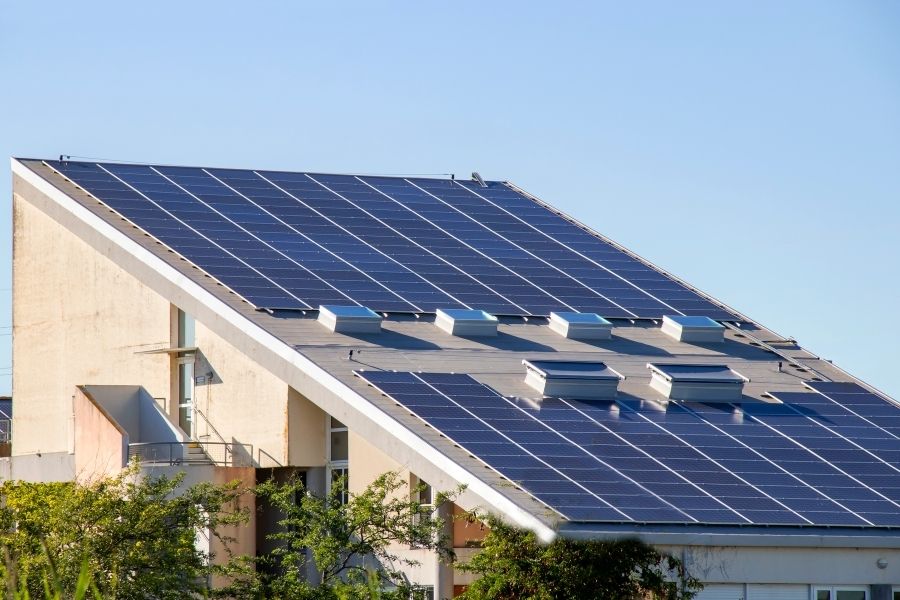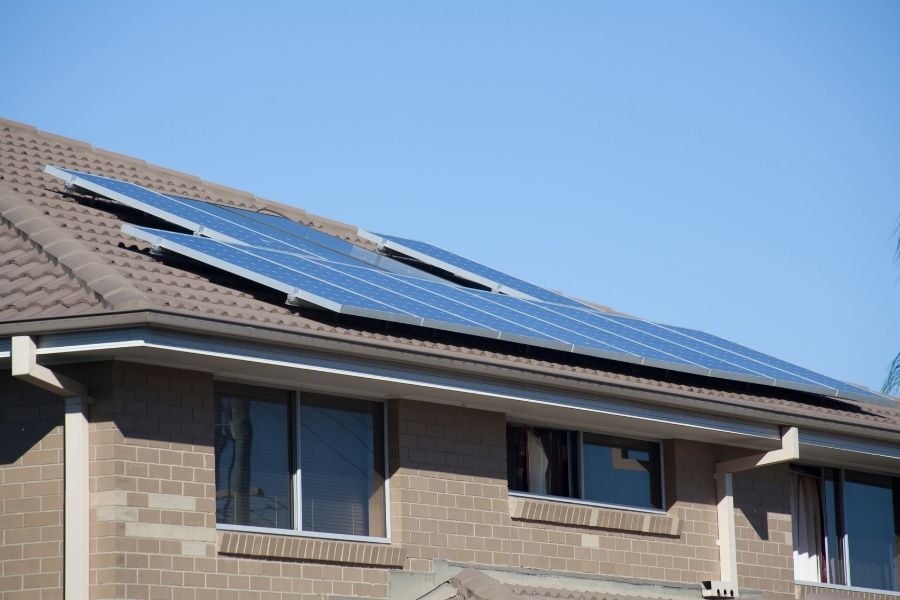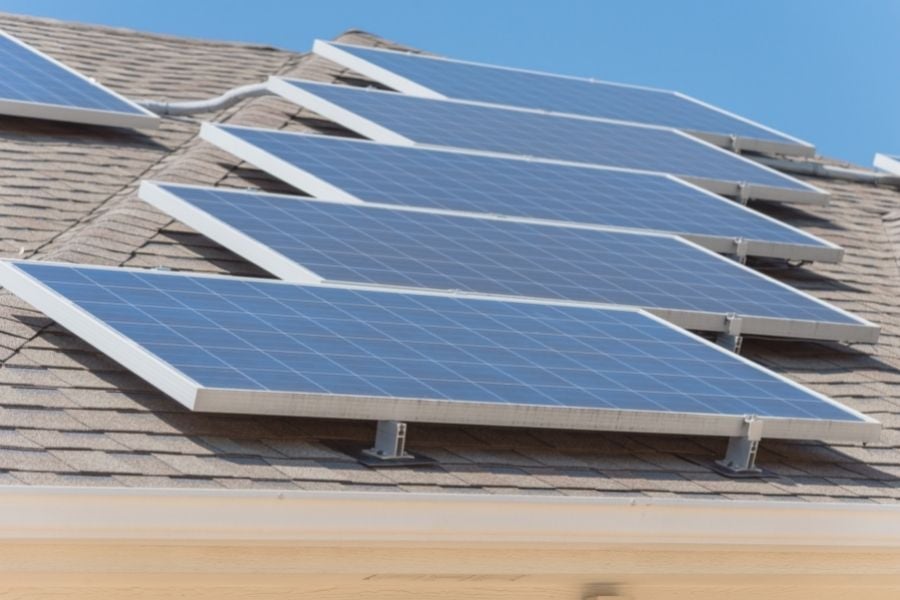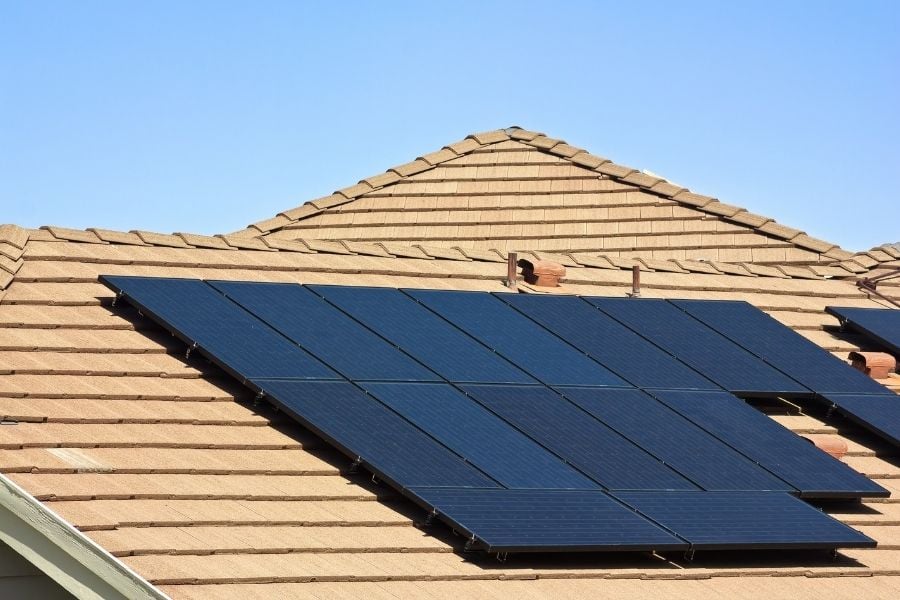Start here to get started with solar
What is Solar Trust Centre? Solar Trust Centre is a resource for trusted news on Solar Energy, Tools, and Resources. We have produced articles on the...
3 min read
![]() Solar Trust Centre Team
:
Oct 7, 2021 8:30:00 PM
Solar Trust Centre Team
:
Oct 7, 2021 8:30:00 PM

Rooftop solar systems are truly fantastic, and all can recognise the great benefits they offer. From the capacity to cut energy costs, to provide an off-grid backup in the event of power failure, to the contribution they can make to a cleaner and greener world – to name just a few! Yet although many of the benefits of rooftop solar are commonly known, all the ins and outs of installation are not as well understood.
This is a real shame, as many people stall on getting a system – that they’ll ultimately find amazing – because some misconceptions and unknowns about solar hold back progress. A common example of this surrounds north-facing homes and solar systems. So let’s unpack this now. We’ll go through the essential info you need to understand about north-facing homes, and their solar capacity.

Many of our readers will already know that a north-facing home can be ideal. For anyone that is yet to come across why that’s the case – or is perhaps just keen on a refresher – a quick recap of why this is so will be useful. North-facing homes in Australia are very desirable due to the higher level of direct sunlight they can receive in comparison to other facings. In particular, any home that is exactly 10 degrees east of due north is held to have the ideal facing.
It’s why from a real estate perspective any residence that is north-facing – or northeast-facing – will typically go to market with its orientation as a key selling point. Other facings are certainly not horrific necessarily, but the north and northeast-facing remain the most appealing overall.
Because north-facing homes are held to be the best to receive direct sunlight, many potential solar adopters infer that a north-facing residence will be best for solar panels too. In turn, those residences which are not north-facing will be at a disadvantage when seeking to get a rooftop solar system. Although there are aspects of this perspective that are accurate, there’s also shades of grey in it.
While north-facing installations can be great, the precise benefits they provide in comparison to solar installations that are on another facing – such as a north-west one – can be a far closer competition than many may otherwise imagine. In particular, the level of energy a household aspires to export, as opposed to utilising for their own consumption, is a critical consideration.

Recent years have seen the feed-in tariff (FIT) diminished across multiple Australian jurisdictions. Overall, there’s a number of reasons why this has been occurring. Yet a key driver of it is the aspiration of authorities to reduce the sending of excess energy from rooftop solar installations to the grid so as to reduce the risk of blackouts. Due to this reduction in the FIT, a recalculation surrounding which facing can be ideal for an Aussie household has been required.
Overall north-facing panels will produce the most electricity overall. But a system with a western orientation will produce more electricity in the afternoon, yet less in the morning. For those who utilise a lot of electricity in the afternoon – or can devise a smart plan to do so to take advantage of the self-consumption opportunity, a rooftop system offers – a western orientation can be very serviceable.
Furthermore, a system with a north-west facing will in effect offer the advantages (and disadvantages) of both aforementioned orientations. A north-west setup will produce slightly less power than a north-facing one, but still more than a western one. In turn, while a north-west facing won’t generate as much energy as a western-facing setup in the afternoon, it’ll still obtain more than a northern one. Similar trade-offs apply when it comes to east and north-east orientated rooftop solar systems.
It’s important to keep in mind that solar installations are not simply ‘set and forget’ jobs. It’s necessary to do regular checks and maintenance to ensure the panels continue to operate as they should. For example, a regular cleaning – with many businesses recommending one occur every six months – should be done. As a result of this, it’s useful to remember any solar household that is (now) unhappy with the facing of their panels may have the potential to address the issue.
Solar panels can be repositioned for a variety of reasons. For example, if a tree has grown tall and shaded the panels – but the owners don’t wish to remove that tree – then repositioning them could be possible. Ideally, upon installation, the panels would have already been put in their optimal position not only for the current time but with a view to the future. But if repositioning is now desirable, a quality solar installer should be able to discuss options further.

At the end of the day, the ideal orientation for a rooftop solar system can depend on many factors. It’s vital you understand while a north-facing setup can certainly be desirable, it’s not by default essential – or perhaps even ideal. Especially after the reduction of the FIT in recent years. Ultimately, the best path for your household to learn what solar setup may be ideal for your home is by contacting a trusted solar installer. The same applies when it comes to discussing options surrounding a repositioning of the panels, should that become desirable going forward.
Check out more of our solar stories here.
What is Solar Trust Centre? Solar Trust Centre is a resource for trusted news on Solar Energy, Tools, and Resources. We have produced articles on the...
In January of this year, Sun Cable signed a development agreement with the Northern Territory government. The deal moved the company’s dream of...
-2.jpg)
The story of solar power in Australia is truly one of the outstanding success stories of this century. Just as predictions were in place years...